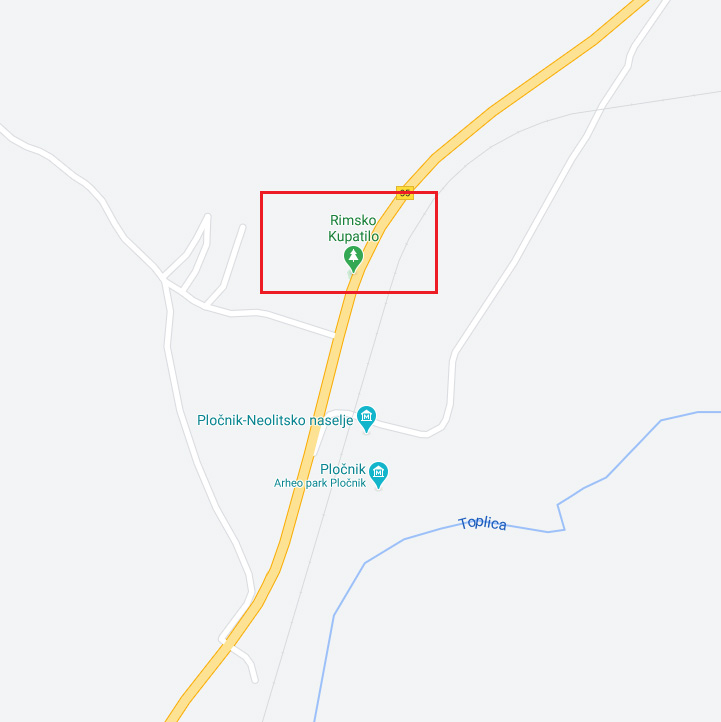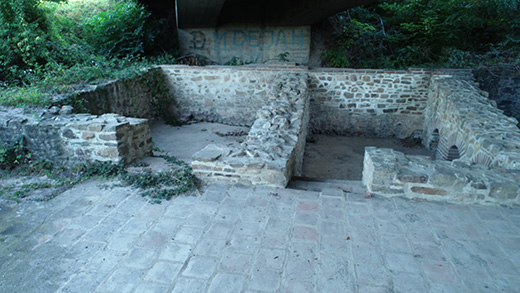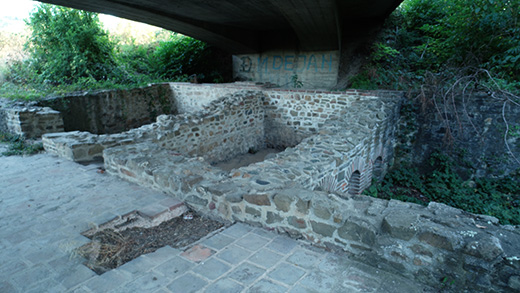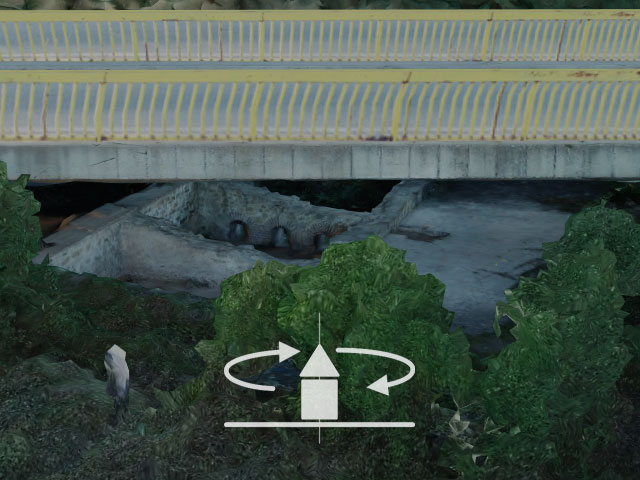Roman thermal baths
Protected cultural monument, listed as AH 46 with the Central registry of the Republic Institute for the protection of cultural monuments.
Roman thermal bathsBace, Prokuplje municipality, Toplica county
Where is it located
Roman thermal baths are located between the villages of Bace and Pločnik, under the bridge, on the 20th km of the road leading from Prokuplje toward Kuršumlija, en route of ancient road Naissus-Lissus, from Niš toward Ljes on the coast of the Adriatic.

research
The baths were discovered in 1967, during the correction of the route of the road Prokuplje-Kuršumlija, near the bridge across the Bace river.
They were researched and conserved thanks to the Institute for the protection of cultural monuments from Niš.
Protective archeological research was conducted by the Republic Institute for the protection of cultural monuments from Belgrade in 1968, whereby the larger part of thermal baths was discovered along the route of the road.
The edifices and water canals from the right - eastern side of the road were left undiscovered.
In order to protect the thermal baths, a massive bridge was constructed above to sustain the road, and the baths themselves remained under the bridge and only peek a little from each side.

Dating
The way the baths were built and moveable findings date the object in the late III and early IV century, the time of full Roman dominance in these areas.

Description and function
The baths were built in brick and stone bound with mortar. The foundations were built of semi-processed stone, and above the foundation zone well baked brick was used. The little pillars of the hypocaust were built with smaller-sized bricks, and the bricks covering the floor are of a special shape. The tubs were covered by waterproof material, that, during the research, revealed a layer of limestone, indicating the long-term use of the baths.
Researched and conserved object covers the surface of 24 m in length and 13,3m width, stretching in the east-west direction. The baths are divided into southern and northern half with a longitudinal partition wall. The bath was originally entered from the eastern side into the largest, central room- changing room (apodyterium) which consisted of two minor rooms, one in the east and one in the west. This room in the northern half of the thermal baths might have been a place for meetings and conversations.
The southern half of the baths has four rooms, the first on the western side has two pools (caldarium), one rectangular and one semi-circular with a seating bank along the semi-circle. Both of these pools are on the little brick columns – hypocausts, whose firebox (praefurnium) was on the western side, underneath the pools. This was the main room which was used for bathing with hot water and inhaling steam. The bathers would sit on the steps and sprinkle themselves with hot water or immerse in it.
The next in line is a lukewarm water pool (tepidarium), further away from the firebox, whose service was to ease the transition from hot to cold water for the bathers. The last pool was with cold water (frigidarium) and served for bathing after warmer pools or after the exercising.
Roman thermal baths, once upon a time
Roman thermal baths in ancient Rome used to be public baths, accessible mostly to wealthier citizens. Going to the baths was a part of daily routine, and it was an enjoyment equal to that of going to the theater of seeing gladiators’ fights. Public social life took place in the baths, sometimes the writers would read their works and the rhetors their speeches. Some baths had paths for walking, or sports terrains. There was no wealthy house in Rome that did not have a bath with floor heating, consisting of several rooms.
Smaller baths, like those in the Bace village, most probably were a part of the villa of some Roman landowner who wanted to provide living conditions for himself and his family like those in Rome itself. Since the slope near the baths is rich with water springs and since there are mineral waters nearby, this bath may have had the function of healing or at least enjoyment in mineral water for the villa inhabitants.
Julka Kuzmanović Cvetkovićarcheologist
